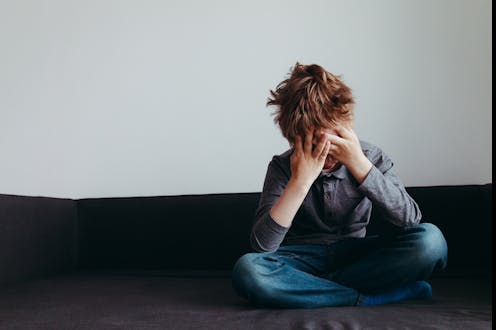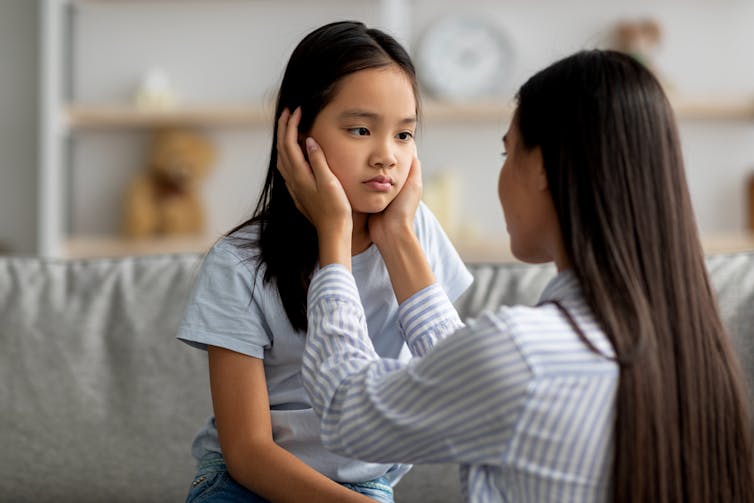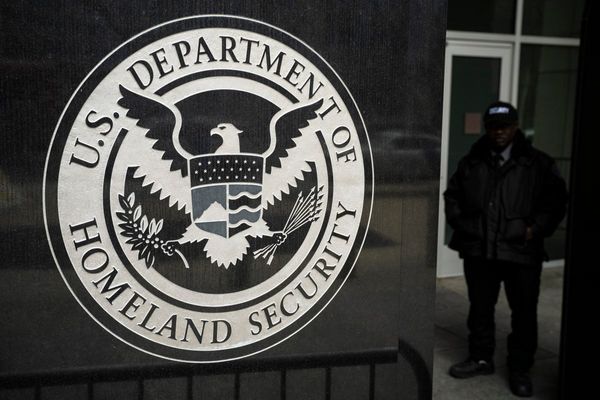
Long COVID is the patient-preferred term used to describe symptoms lasting more than four weeks after a COVID-19 infection. Children and young people can also suffer from long COVID following even a mild infection with the virus. The latest figures from the UK’s Office for National Statistics show an estimated 69,000 children are living with long COVID, 41,000 of whom have had symptoms for at least a year.
The most common symptoms of long COVID in children are fatigue and headaches, but young people can also have a range of other symptoms including chest pain, persistent cough, dizziness, nausea, abdominal pain, anxiety and low mood.
We don’t know whether all children with long COVID will recover or how long this will take. Parents’ narratives suggest that symptoms may fluctuate over time, and that it’s not uncommon to have a period of apparent recovery and then relapse some months later. The course of the illness is not linear.
While every child will have specific problems and individual needs, there are some suggestions we can make to help parents or guardians support their child or young person with long COVID. Two of us (Binita and Tracy) have children with long COVID, and the following tips are based on our own experiences.
1. Believe your child
Long COVID is an “invisible” illness, so children can look well. At the start of the illness we both sent our children to school when they said they weren’t feeling well enough, putting it down to them not wanting to go to school, or some sort of anxiety.
Looking back, this was the wrong thing to do. They got worse by “pushing through”. Our advice is to listen to your child, don’t push them and seek medical advice to ensure there’s no other underlying cause for their symptoms.
If your child is not being believed by a healthcare professional, there’s no harm in asking for a second opinion, or sharing available information with the professional. Long COVID is a well recognised condition in children but sadly, there’s still poor awareness among some medical professionals.
À lire aussi : Long COVID in children: what parents and teachers need to know
2. Resting and pacing
Energy can be likened to money in the bank. If you keep spending without topping up, you soon get into debt. In long COVID, using up energy without planning rest can result in a “crash” or relapse. It can then take several days to accumulate enough energy to get going again.
Many don’t realise that even activities like watching TV and being on social media can drain energy for those with long COVID. Work with your children to consider how much energy different activities require (you might categorise activities into low, medium and high energy) and ensure that each activity is followed by rest, particularly those that expend more energy.
Activities may also need to be adjusted. For example, our children can no longer participate in sports but do more drawing and craft, when energy levels allow.
3. Seek support at school
Some children with long COVID may have cognitive impairment (also called “brain fog”), sensitivity to lights or sounds, and fatigue – all of which present barriers to learning at school.
Adaptations to learning may be needed. Breaking information down into smaller chunks, reduced lesson times, and a quiet environment can help. Our advice is to speak to the school about having a care plan for your child and ensuring lessons are adapted appropriately.

Separately, COVID reinfection carries a risk of symptom relapse or deterioration for children with long COVID, which can cause anxiety for families when sending children to school.
We would advise that children with long COVID have a risk assessment at school to reduce the chance of reinfection. This can include looking at limiting the child’s exposure to larger groups (for example, in assembly or the canteen), ensuring classrooms are well ventilated, and allowing the use of a FFP2 mask if the child wishes to wear one.
4. Mental health
Long COVID can be debilitating and isolating. Focusing on what children and young people have lost can drive despair, hopelessness and a feeling of being trapped.
We’ve tried to practise “acceptance” with our children. This involves accepting the situation we’re in and avoiding focusing on negative thoughts and feelings. We spend a lot of time emphasising what our children can still do, setting realistic goals, celebrating wins, and trying not to grieve too much over what has been lost.
À lire aussi : COVID vaccines for children: uptake in the UK is slow – here's why parents might be hesitant
It’s also important that parents and family members are kind to themselves and each other. Caring for a sick child is difficult for the whole family. If you need mental health support yourself, speak to a healthcare professional.
5. Non-medical treatments
Medical therapies for treating long COVID are limited pending research trials, and access to specialist long COVID clinics for children and young people is difficult to come by, with only 15 hubs across England.
There are, however, some things you can do at home that may help manage your child’s symptoms. Many people have an overactive “fight or flight” response after viral infections, including COVID-19, due to effects on their autonomic nervous system. This can impact heart rate and blood pressure, as well as gut and bladder function. Reducing screen time and caffeine (particularly in the evenings) and breathing exercises can help reduce fight or flight hormones.
6. Information and support
Primary care has a key role in supporting young people with long COVID and their families, including liaising with schools where necessary. So seek the support of your GP.
Caring for a child with long COVID can incur increased costs and may mean you cannot work as much as previously, or at all. Depending on how long your child has been unwell and the severity, they may be eligible for a disability living allowance or other benefits.
There’s a lot of misinformation out there about long COVID, so it’s important to access trusted sources of information. The Long COVID Kids charity offers a useful support pack for children and families as well as the opportunity to connect with other kids and families affected by long COVID. Our children have found this support invaluable.
Carolyn Chew-Graham receives funding from School for Primary Care Research for a study on Long-COVID in children and young people. Chew-Graham is employed by Keele University and is a GP principal in a general practice in Manchester.
Binita Kane is a champion for Long COVID Kids (a voluntary, non-paid role). She has received charitable funding for a paediatric research study. She contributes to Independent SAGE in the UK.
Tracy Briggs ne travaille pas, ne conseille pas, ne possède pas de parts, ne reçoit pas de fonds d'une organisation qui pourrait tirer profit de cet article, et n'a déclaré aucune autre affiliation que son organisme de recherche.
This article was originally published on The Conversation. Read the original article.







